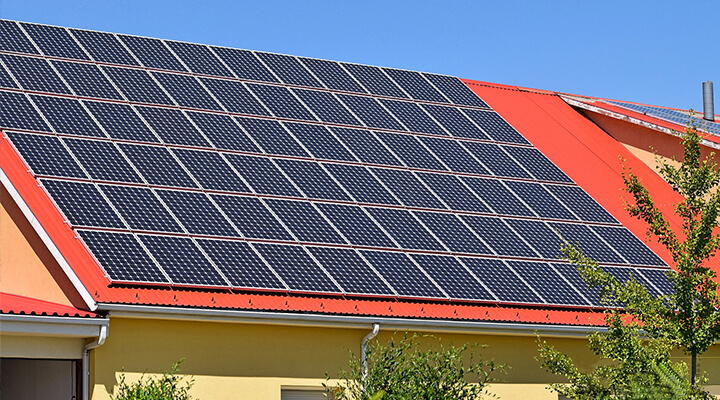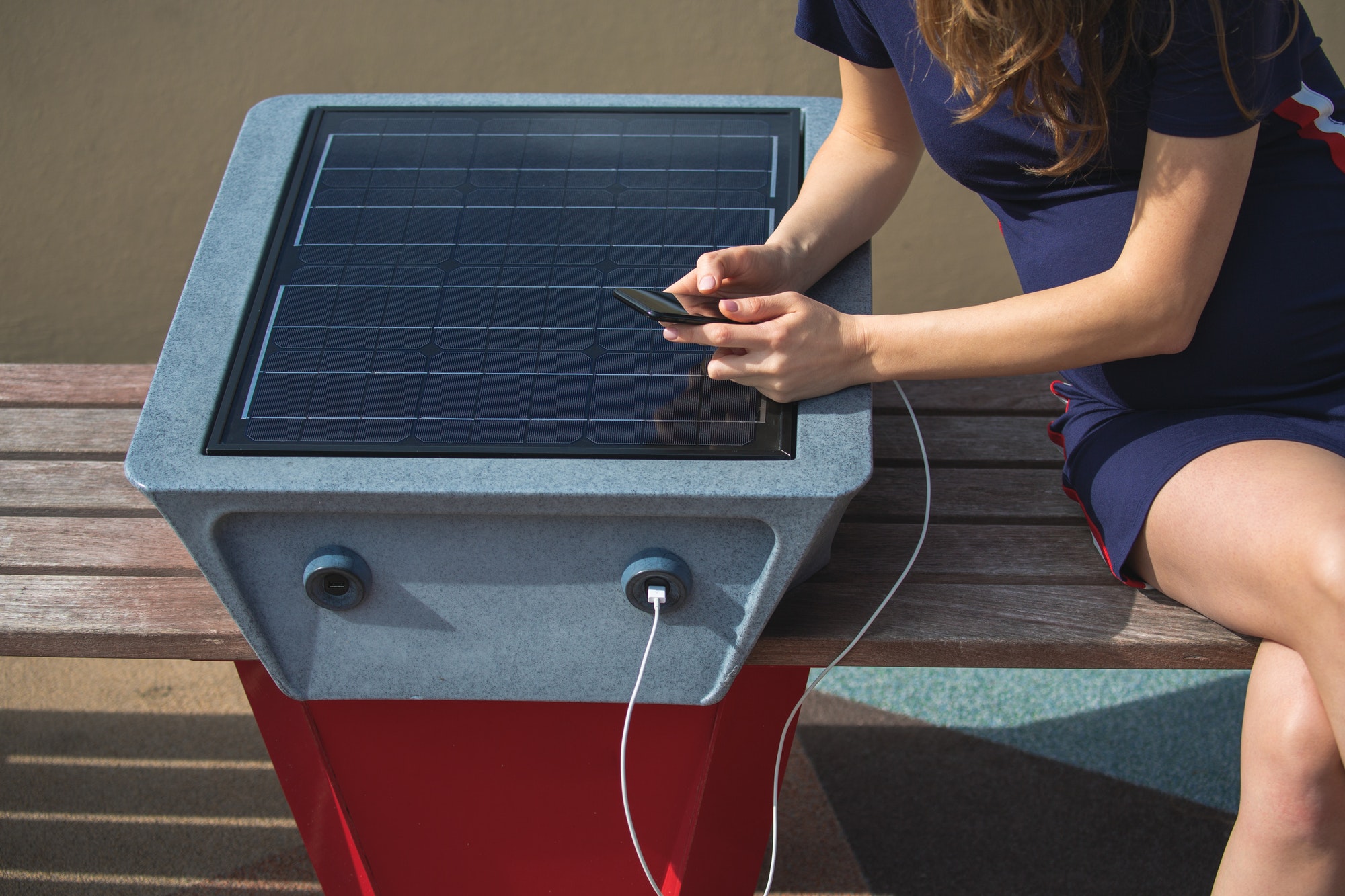Solar inverters are electrical devices used to convert the direct current (DC) output of solar panels into alternating current (AC) usable in homes and businesses.
The primary function of a solar inverter is to monitor incoming solar energy and ensure all light sources are producing at optimal levels. Inverters also protect solar panels from overheating, reverse voltage, and other hazards that could damage the unit or reduce its lifespan.
How do Solar Inverters Work?
Solar inverters are the brains of solar installations, converting the DC current from solar panels into AC that can be sent to the grid or used in your home. A solar inverter monitors production from each solar panel and keeps track of energy usage in different areas of the home. Inverters can be programmed to respond to changes in production or energy demand, and can even be controlled remotely via smartphone or computer.
Inverters work by breaking the current from the solar panels into DC. This current is then converted into AC, which is the standard type of electricity used in the United Kingdom. Inverters can be connected to the grid or to a battery system, depending on the type of installation. If there is an outage in your area and your system is connected to the grid, your solar inverter will automatically disconnect you from the grid and allow you to use the power stored in your battery.
Benefits of Using Solar Inverters
Solar inverters are essential to any solar installation, as they are responsible for converting the direct current (DC) output of solar panels into alternating current (AC) that can be used to power homes and businesses. Inverters also protect solar panels from overheating, reverse voltage, and other hazards that could damage the unit or reduce its lifespan.
Given the critical role played by inverters, it is important to choose high-quality products that meet your specific needs. Solar inverters are available in a range of options, from basic models with limited functionality to highly advanced systems that offer a wide range of benefits:
- Increased energy production
- Better performance from solar panels
- Improved safety of solar panels
- Easy monitoring of solar energy production
- Ability to expand solar panels in the future
- What to look for in a solar inverter
The best solar inverter for you will depend on your specific needs and the type of solar installation you intend to use. Before you make your selection, it is important to consider the following factors:
- Panel Voltage
- DC Current
- AC Current
- Peak Inverter Current
- Power Rating
- Control Settings
- Connectivity
- Operating Environment
- Warranty
- Maintenance Requirements
How to choose the best solar inverter
The first step in choosing a solar inverter is to select the type of installation you want to use. There are three main types of solar installations: Grid-Interactive, Grid-Tied, and Off-Grid.
The next step is to review the technical specifications of each model. You will want to pay special attention to the following factors:
Panel Voltage: the voltage range that solar panels can produce
DC Current: the current intensity of the solar panels
AC Current: the current intensity of the output of the solar inverter
Peak Inverter Current: the maximum current that the inverter can produce Power Rating: the maximum amount of power that can be used before the inverter shuts off
Connectivity: the ease of connecting the inverter to a computer or other device
Operating Environment: the level of protection needed to keep the inverter safe
Warranty: the length of time the manufacturer guarantees the product





